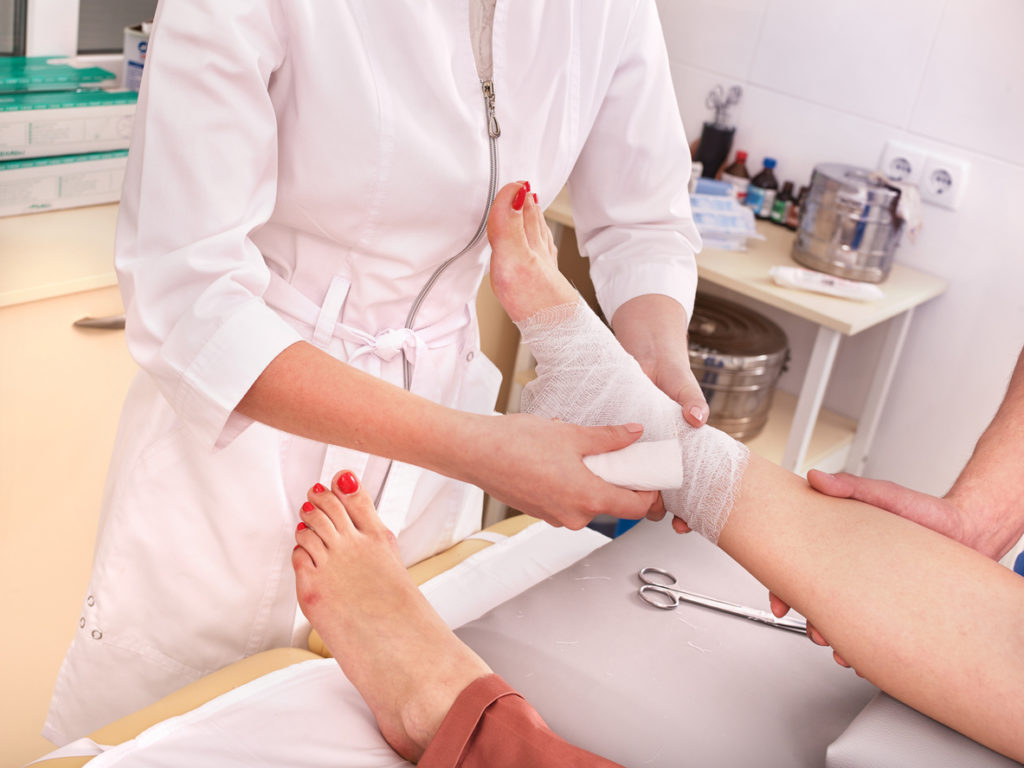Flat feet should be distinguished while the individual is standing or walking. Whenever someone with flat feet stands or walks, their foot or curve inward flattens out. In addition, the foot may turn to the inner side (this is known as disordered subtalar pronation). Typically, children’s curves may not fully develop until the age of 10, so it can be difficult to assess whether they have a flat foot by that age. So flat foot treatment Singapore is common.
Why Does Someone Have Flat Feet?
It is regularly difficult to offer an official answer to this question as there are several contributing elements. Regularly, there are innate variables included that can contribute to having certain weak/tight muscles or ligament laxity. Likewise, unfortunate footwear can have a significant impact on the growth of flat feet. For example, shoes that cut off the development of the toes, such as high-impact points, can cause flat feet in adulthood.

In case someone has flat feet, it will feel torment?
Despite prevailing thinking, having a flat foot does not increase the frequency of injuries and usually does not create problems. Either way, flat feet can strain the muscles, ligaments, and joints, which can cause torment in the feet, legs, hips, and back when one stand or walk. Also, people with flat feet can promote drained or sore feet after delayed times of standing or walk.
What medications are affordable for flat feet/flat feet?
Like all wellness-related issues, it is essential to notice the problem as soon as possible, as its severity often deteriorates over time. Initial medications will generally be less intrusive and are regularly associated with preferable outcomes over treatment at later stages. It is vital to remember that there is no comprehensive treatment. Treatment would focus on explicit angles or parts of the foot that require alteration or recovery. This can be done in several ways. Often, the primary line of treatment is not careful.
Explicit activities, for example, calf extension exercises, can be used to extend and lengthen the Achilles ligament and lower leg muscles that may be involved with advancing a flat foot.
Insoles or orthotics may be used to treat flatfoot disfigurement or realign the foot and lower appendages. The podiatrist or specialist can give one more detail on suitable insoles or orthotics. The medical procedure is normally thought of when the patient fails to respond to moderate measures.

